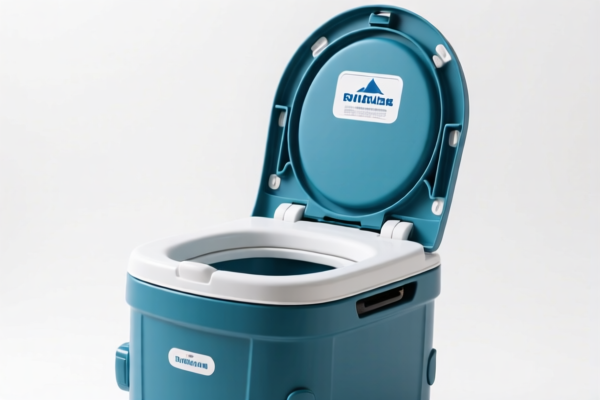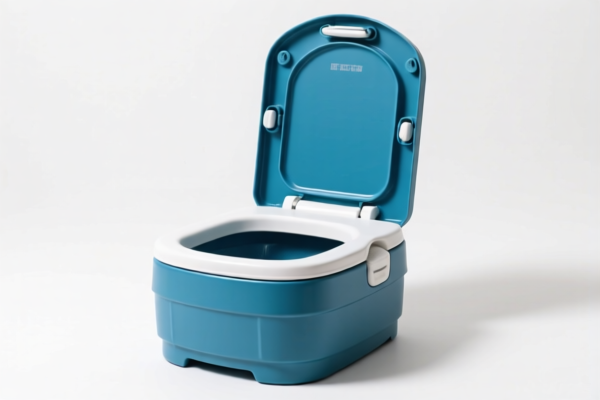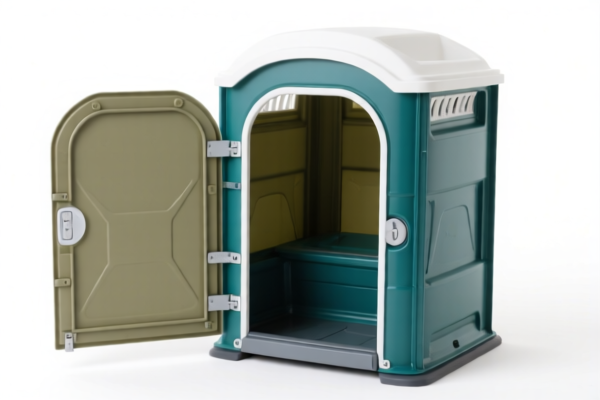| HS Code | Official Doc | Tariff Rate | Origin | Destination | Effective Date |
|---|---|---|---|---|---|
| 8416200040 | Doc | 37.5% | CN | US | 2025-05-12 |
| 8416200080 | Doc | 37.5% | CN | US | 2025-05-12 |
| 7115906000 | Doc | 59.0% | CN | US | 2025-05-12 |
| 7115903000 | Doc | 58.9% | CN | US | 2025-05-12 |
| 7118100000 | Doc | 37.5% | CN | US | 2025-05-12 |
| 7118900055 | Doc | 37.5% | CN | US | 2025-05-12 |
| 9613802010 | Doc | 41.4% | CN | US | 2025-05-12 |
| 9613802090 | Doc | 41.4% | CN | US | 2025-05-12 |
| 9620003090 | Doc | The rate applicable to the article of which it is an accessory+30.0% | CN | US | 2025-05-12 |
| 9620005000 | Doc | 60.3% | CN | US | 2025-05-12 |




Portable Camping Gas Stove
A portable camping gas stove is a self-contained cooking appliance designed for use in outdoor settings, primarily for recreational activities like camping, backpacking, and picnics. These stoves offer a convenient alternative to building fires or relying on facilities at established campgrounds.
Material
Portable camping stoves are constructed from a variety of materials, chosen for their balance of weight, durability, and cost. Common materials include:
- Stainless Steel: Provides excellent corrosion resistance and durability, often used for burners and pot supports.
- Aluminum: Lightweight and good for stove bodies and components where high strength isn't critical.
- Brass: Used in valves and regulators due to its corrosion resistance and machinability.
- Plastic/Composite: Often found in handles, knobs, and casings to reduce weight and cost.
- Titanium: Premium stoves utilize titanium for its exceptional strength-to-weight ratio, though at a higher cost.
Purpose
The primary purpose of a portable camping stove is to provide a controlled heat source for cooking food and boiling water in outdoor environments. They enable users to prepare meals, make hot beverages, and melt snow for water purification.
Function
These stoves function by releasing a flammable gas (typically propane, butane, or isobutane) which is ignited to create a flame. The flame is regulated by a valve system controlling the gas flow. The heat generated is then used to cook food in pots and pans placed on a stable burner platform. Different stove designs offer varying levels of control, heat output, and efficiency.
Usage Scenarios
- Camping: The most common application, providing cooking facilities at campsites.
- Backpacking: Lightweight models are essential for carrying cooking equipment on multi-day hikes.
- Picnics & Tailgating: Convenient for cooking outdoors without needing a fixed kitchen.
- Emergency Preparedness: Useful as a backup cooking source during power outages or natural disasters.
- RV/Car Camping: Larger stoves can be used for more elaborate outdoor cooking.
Common Types
- Canister Stoves: These stoves screw directly onto disposable fuel canisters (propane/butane/isobutane mixes). They are lightweight, compact, and easy to use, making them popular for backpacking.
- Screw-Top: The canister screws directly into the stove.
- Threaded: Utilize a threaded connection for a more secure fuel connection.
- Liquid Fuel Stoves: Use refillable bottles of liquid fuel (white gas/naphtha). They offer better performance in cold weather and at high altitudes, but require more maintenance and are heavier.
- Multi-Fuel Stoves: Can operate on various fuels, including white gas, kerosene, and unleaded gasoline. They are versatile but are typically heavier and more complex.
- Propane Stoves: Utilize larger propane cylinders. These stoves provide higher heat output and are suitable for larger groups or more demanding cooking tasks. Often feature multiple burners.
- Wood-Burning Stoves: While not strictly gas stoves, they offer a sustainable alternative, using twigs and small branches as fuel. Require more attention and are subject to fire restrictions.
- Integrated Cooking Systems: Combine a stove with a pot and sometimes other accessories, designed for backpacking efficiency.
Portable camping gas stoves fall under the category of furnace burners for gas. Here's a breakdown of relevant HS codes based on the provided information:
- 8416200040: This HS code covers furnace burners for liquid fuel, for pulverized solid fuel or for gas; mechanical stokers, including their mechanical grates, mechanical ash dischargers and similar appliances; parts thereof: Other furnace burners, including combination burners Gas burners. This is a broad category encompassing gas burners used in various applications, including portable stoves. The base tariff is 0.0%, with an additional surcharge of 7.5%. After April 2, 2025, the surcharge increases to 30.0%, resulting in a total tariff of 37.5%.
- 8416200080: This HS code also covers furnace burners for liquid fuel, for pulverized solid fuel or for gas; mechanical stokers, including their mechanical grates, mechanical ash dischargers and similar appliances; parts thereof: Other furnace burners, including combination burners Other. This is a more general classification for other furnace burners. The tariff structure is identical to HS code 8416200040: 0.0% base tariff, 7.5% surcharge (increasing to 30.0% after April 2, 2025), for a total of 37.5%.
It is important to note that both HS codes relate to gas burners. The specific choice between 8416200040 and 8416200080 may depend on the detailed specifications of the portable camping gas stove.
According to the provided reference material, the HS code options related to 'portable camping gas stove' are limited, with only the following 2 found.
Customer Reviews
No reviews yet.